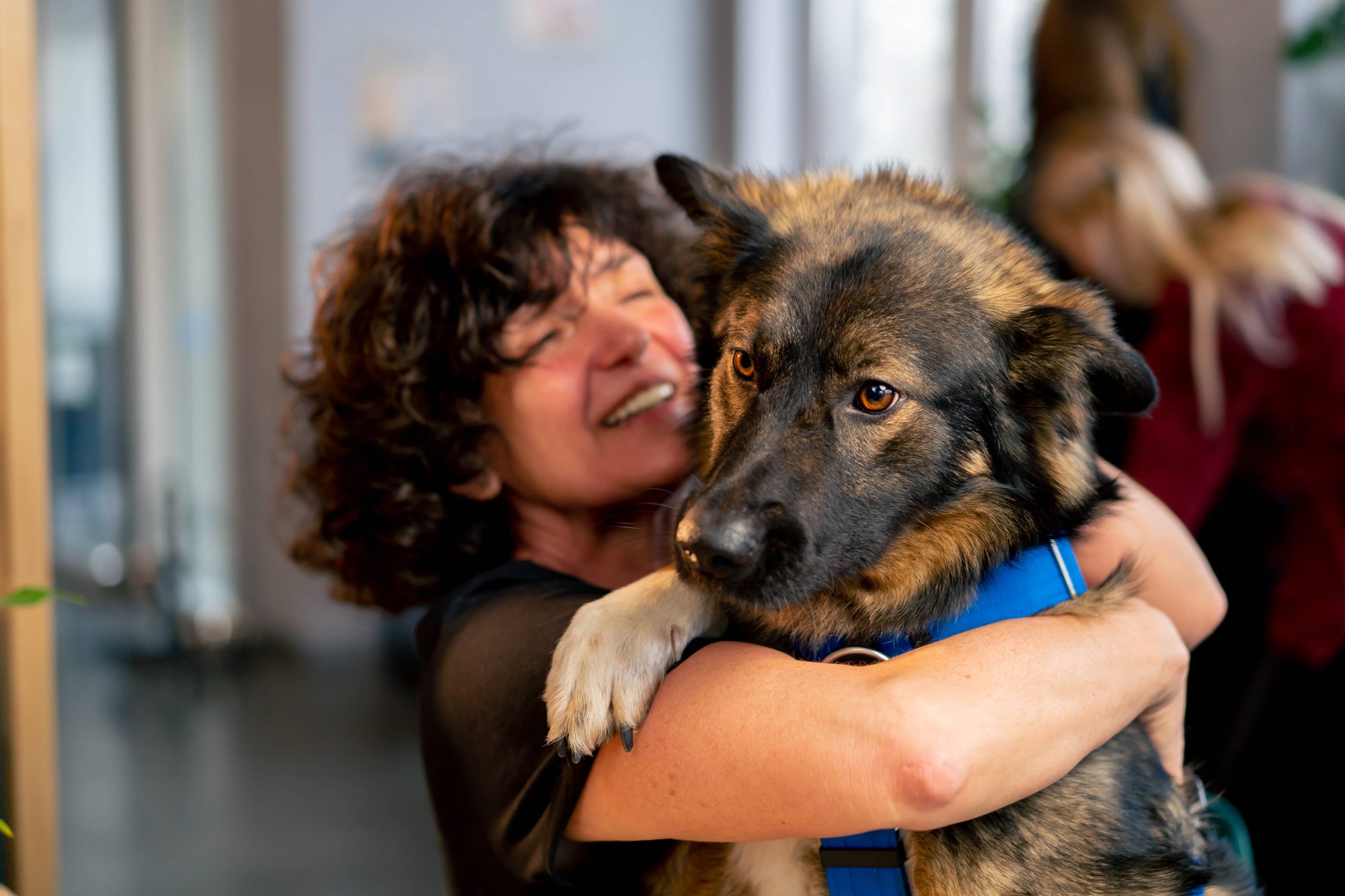
Adopting a pet from a rescue shelter can be a rewarding experience, but it also comes with its own set of challenges, especially when the animal has a history of trauma. Understanding and recognizing the signs of past trauma in rescue pets is crucial for providing them with the loving and supportive environment they need to heal and thrive. In this blog post, we will explore the various signs of past trauma in rescue pets and offer practical advice on how to help them adjust to their new homes.
Understanding Trauma in Rescue Pets
Trauma in animals, much like in humans, is a psychological response to an event or series of events that the pet perceives as threatening and overwhelming. Rescue pets, having often experienced abandonment, neglect, or abuse, are particularly susceptible to trauma. This can manifest in a variety of behaviors and physical symptoms, stemming from their past experiences.
Common Signs of Past Trauma
Different pets display different reactions to trauma, but some signs are relatively common across most rescue animals:
1. Fear and Anxiety:
A rescue pet with a traumatic past may exhibit heightened levels of fear and anxiety. This can be noticeable through behaviors such as trembling, cowering, hiding, or excessively licking themselves. Some pets may display separation anxiety, characterized by being overly attached to their new guardians or showing distress when left alone.
2. Aggression:
Unexplained aggression towards people, other animals, or even inanimate objects is another potential sign of past trauma. This aggression is often rooted in fear and a perceived need to protect themselves from potential harm.
3. Avoidance and Withdrawal:
Pets who have been traumatized might avoid interactions and display signs of withdrawal. They may seem disinterested in activities that other pets find enjoyable, like playing or going for walks. They might avoid eye contact and prefer to stay in quiet, secluded areas of the home.
4. Physical Symptoms:
Trauma can also manifest through physical symptoms such as unexpected changes in appetite, gastrointestinal issues like diarrhea or vomiting, and non-specific signs of illness that don’t seem to have a clear medical cause.
5. Hypervigilance:
A constant state of alertness, or hypervigilance, is common in traumatized pets. They may startle easily, overreact to loud noises or sudden movements, and appear constantly on edge.
6. Behavioral Issues:
Behavioral problems such as inappropriate elimination (urinating or defecating in the house), destructive behavior, or compulsive behaviors like excessive chewing or scratching can also be indicators of past trauma.
Helping Your Rescue Pet Heal
Recognizing the signs of past trauma is the first step in helping your rescue pet heal. Here are some strategies to support their recovery:
1. Create a Safe Space:
Ensure that your pet has a designated area in your home where they can feel secure. This could be a quiet room or a cozy corner with their bed, toys, and water. Providing a safe space allows them to retreat when they feel overwhelmed.
2. Establish a Routine:
Consistency and predictability are particularly important for pets with a traumatic past. Establishing a daily routine for feeding, walks, and playtime can help reduce their anxiety and provide a sense of stability.
3. Positive Reinforcement:
Positive reinforcement training is an effective way to build trust and encourage desirable behaviors. Reward your pet with treats, praise, and affection for exhibiting positive behavior. Be patient and avoid punishment, as it can exacerbate fear and anxiety.
4. Gentle Handling:
Always handle your pet gently and with care. Avoid sudden movements or loud noises that could startle them. Allow your pet to approach you on their own terms and respect their boundaries.
5. Socialization:
Gradual socialization can help your pet become more comfortable with new experiences, people, and other animals. Introduce them to new situations slowly and in a controlled manner. Use positive reinforcement to create positive associations with these new experiences.
6. Professional Help:
If your pet’s trauma-related behaviors are severe or persistent, consider seeking help from a professional. Veterinarians, animal behaviorists, and trainers who specialize in trauma can provide valuable guidance and support.
Patience and Compassion
Above all, the most important things you can offer your rescue pet are patience and compassion. Healing from trauma is a gradual process that requires time and understanding. Celebrate the small victories and be patient with setbacks. Each pet’s journey to recovery is unique, and the love and care you provide can make a significant difference in their lives.
Conclusion
Adopting a rescue pet is a noble and compassionate act, and understanding the signs of past trauma is essential for creating a supportive and healing environment. By recognizing these signs and implementing thoughtful strategies to help your pet recover, you can build a strong, trusting relationship and provide them with the loving home they deserve.
Rescue pets often have a remarkable capacity for resilience, and with your guidance and support, they can overcome their past traumas and lead happy, fulfilling lives. Your journey together may be filled with challenges, but the unconditional love and trust you’ll receive in return make every effort worthwhile.
So, if you’re considering adopting a rescue pet or have recently welcomed one into your home, remember that patience, empathy, and a commitment to their well-being will go a long way in helping them overcome their past and thrive in their new life with you.






